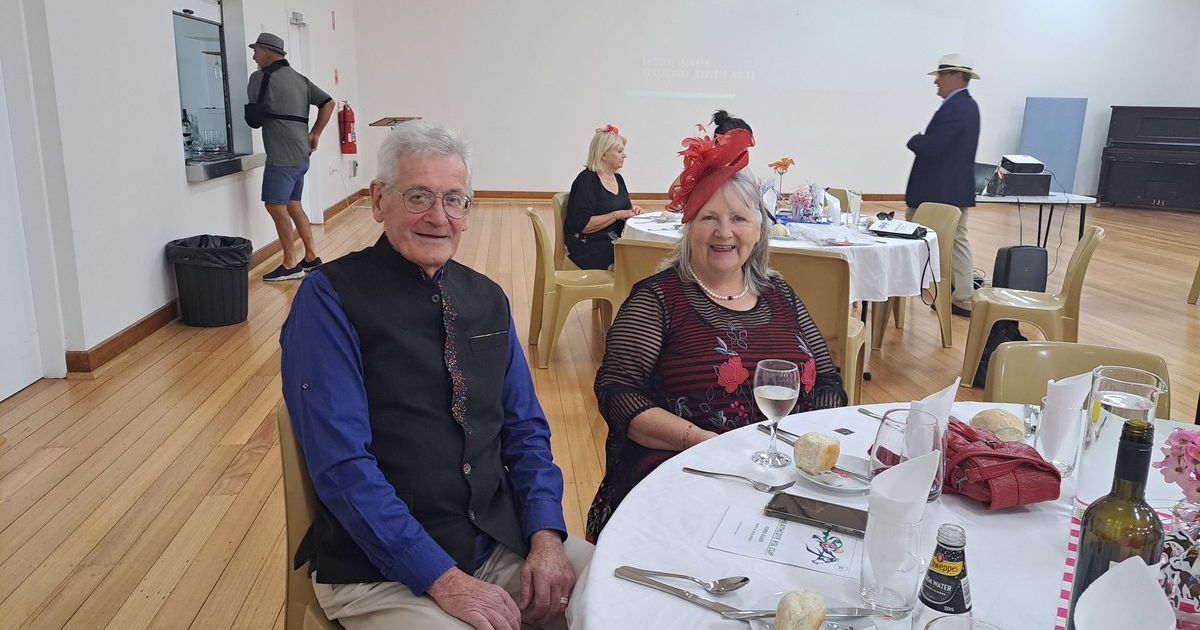From the desk of Roland Rocchiccioli – 18 February
The discovery of a once-familiar childhood image is comforting. Viewed through the sands-of-time, it conjures a memory-flood from a distant time-and-place in one’s life.
IT used to be, jam came in tins; Mills and Ware’s biscuits in tins – broken Picnic biscuits were bagged and sold for half-price; and Verity prunes in seven-pound tins. Canned goods were wrapped-around with bright, paper labels which children removed, cut-out, and pasted onto the front of brown-paper covered schoolbooks; or created lacquer boxes.
In Gwalia, Vic and Melda Mazza owned the town’s local shop. They sold top-of-the-range products. Their north-eastern goldfields’ emporium catered for 28 nationalities employed on the Sons of Gwalia mine. With a population approaching 500, 60 per cent were Italian; 40 per cent Yugoslav and other Europeans; and the remainder were British.
The shop was divided into three areas: groceries, bread, fruit and vegetables, homeware – including Silent Knight kerosene refrigerators, and a small delicatessen. The central haberdashery included drapery; ladies’, mens’, and boys’ wear; gifts, make-up, and perfume. The third space was a milk bar and news agency.
The commitment to service paid dividends. Few customers paid cash. The account was rendered fortnightly, coinciding with the mine’s pay day. Vic Mazza extended credit to new-comers and created customer loyalty. When the mine and the town closed, 1963, Mazza’s had amassed a sizeable fortune and only one small, bad debt across the years.
Brand loyalty was common. Both parents favoured Rosella and Lion products. Rosella Solus apricot jam was thick and lumpy. Never since have I tasted such an apricot jam. Still I hear, “Will you stop eating the lumps out of the jam!” Dark purple Mira plum made for delicious jam tarts; black currant was stirred through creamed rice; raspberry was irresistible on fresh white bread – always a pipe loaf – and spread thick with butter. My father had a penchant for Rayner’s fig jam. It, too, was thick and lumpy.
Only at Christmas was there a tin of Edgell’s asparagus, and another of fruit salad. Always, tinned peas were Edgell – and woe betide the hapless delivery boy if he brought Plaistow’s peas. He was sent scurrying back to the shop for an exchange. Only Lion’s custard powder and Anchor jelly crystals and mixed fruit were acceptable! Mills and Ware’s Ritz moist, light fruitcake, and chocolate Swiss roll filled with mock cream, were perfection.
Regularly, I bought a quarter-of-a-pound of prunes, which, wrapped in grease-poof and butcher’s paper, I devoured wandering around town, or sheltering in the shade on Tank Hill.
Modern advertising emerged following the Second World War. As consumerism developed, graphic artists replaced text dense advertisements with enticing images, designed specifically for customer engagement – particularly women.
Recently, State Library Victoria was gifted a collection of Rosella ephemera – including original artwork and labels from the halcyon days of the Rosella preserving factory in Richmond. They represent exemplary examples of superb, post-war advertising.
Roland can be contacted via [email protected]. Rosella’s glossy labels were an important part of their merchandising campaign to the housewives of Australia. Image: SUPPLIED
Rosella’s glossy labels were an important part of their merchandising campaign to the housewives of Australia. Image: SUPPLIED


















